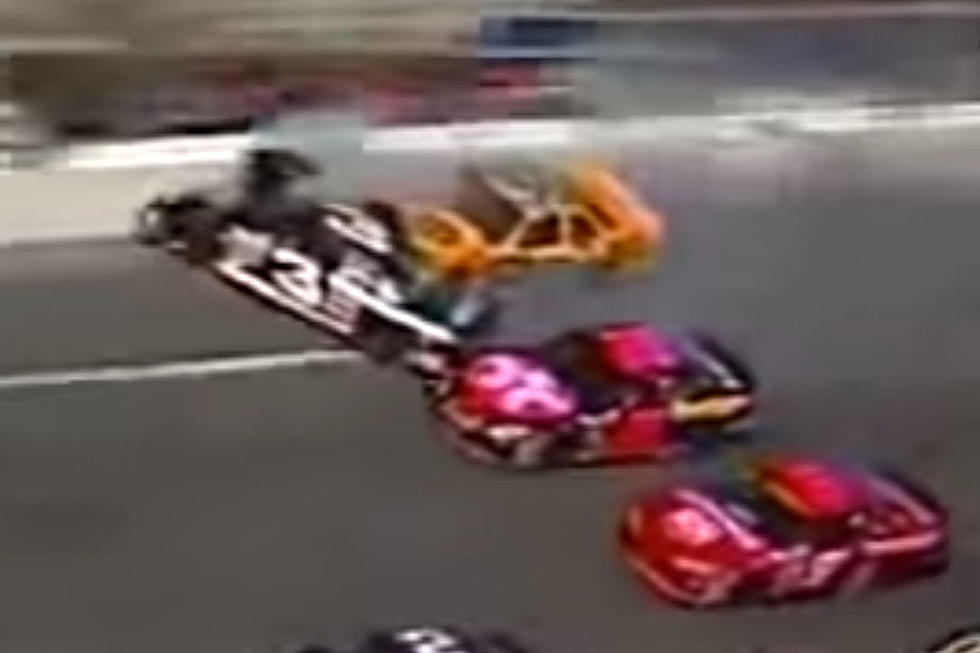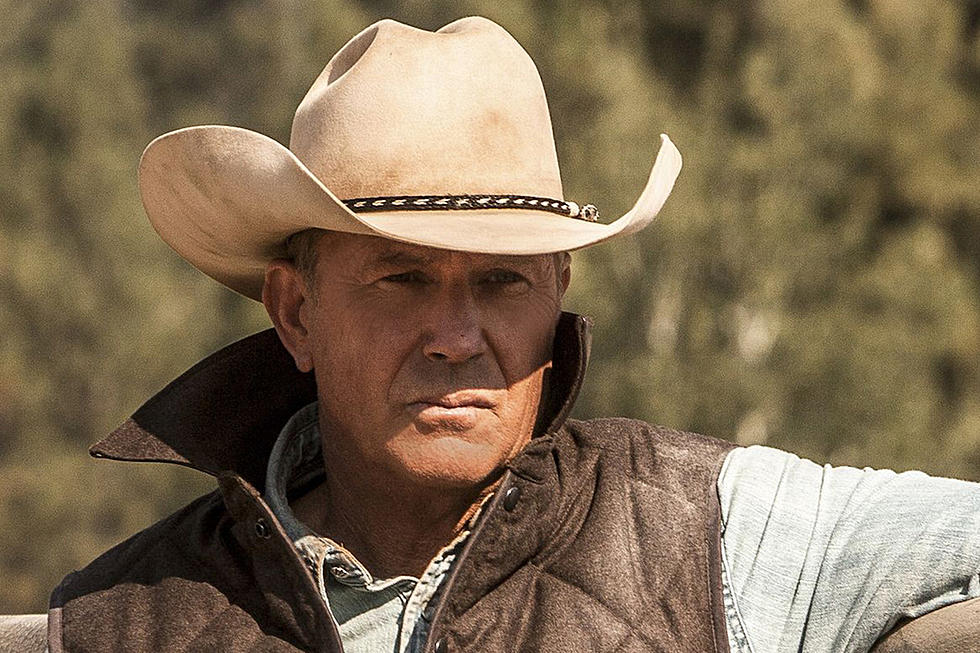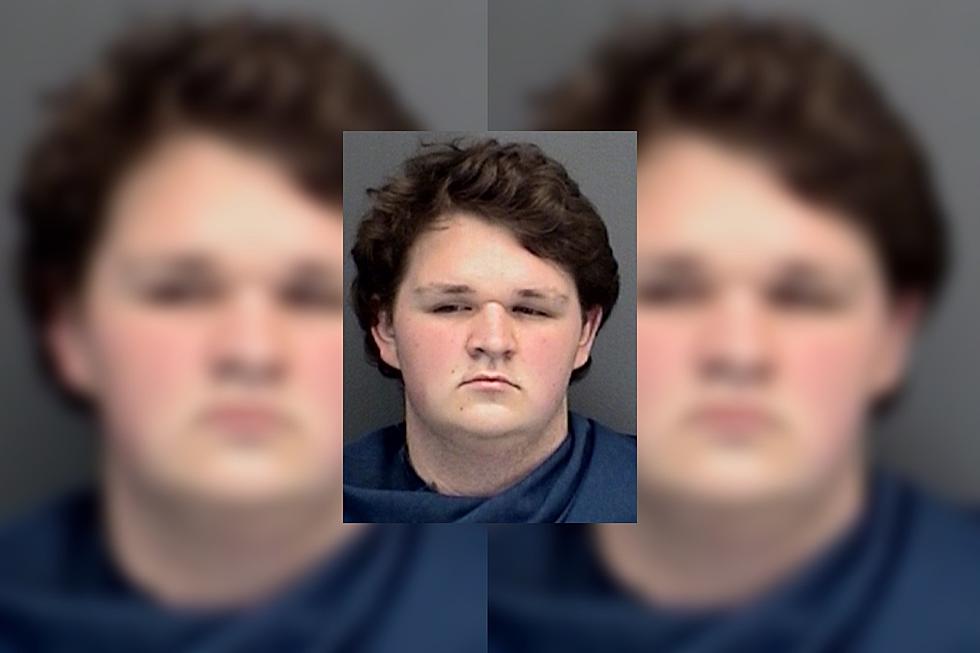
21 Years Ago: Dale Earnhardt Dies in Tragic Crash at Daytona 500
Dale Earnhardt was one of the most legendary racing drivers of all time before his career was cut tragically short at the Daytona 500 on Feb. 18, 2001. The racing legend was in the final lap of what was shaping up to be a strong finish when he lost control of his vehicle and struck the outer wall, dying on impact.
The race had been competitive all day, with Earnhardt as a frontrunner, leading 17 laps. He had dropped to seventh place by lap 173 when an enormous crash took 18 cars out of the race all at once, after which the race was red-flagged for cleanup of the wreckage.
As the race re-started at lap 180, Darryl Waltrip and Earnhardt's son, Dale Earnhardt, Jr., were in the lead, and over the course of the next few laps, they traded back-and-forth with Sterling Marlin in leading the race. As the race entered the third turn of the final lap, Earnhardt was in third, with Marlin leading and Earnhardt, Jr. in second place, when Earnhardt made light contact with Marlin, who had been attempting to pass.
Attempting to regain control, Earnhardt crossed in front of Ken Schrader and collided with him before hitting the outer wall at speeds in excess of 150 MPH.
The impact killed him instantly, and while Schrader exited his car and tried to help Earnhardt, it was too late. Earnhardt was pronounced dead at nearby Halifax Medical Center at 5:16PM ET. He was 49 years old.
His official cause of death was a basilar skull fracture, marking the fourth NASCAR race driver killed in that manner in an eight-month period. Earnhardt's highly publicized death, which an estimated audience of more than 17 million people witnessed live on television, resulted in NASCAR implementing various safety changes, including head and neck restraints, more rigorous safety inspections of seats and seat belts, a roof-hatch escape system and more.
Country Stars Who Suffered Unthinkable Tragedy
More From Newstalk 1290










